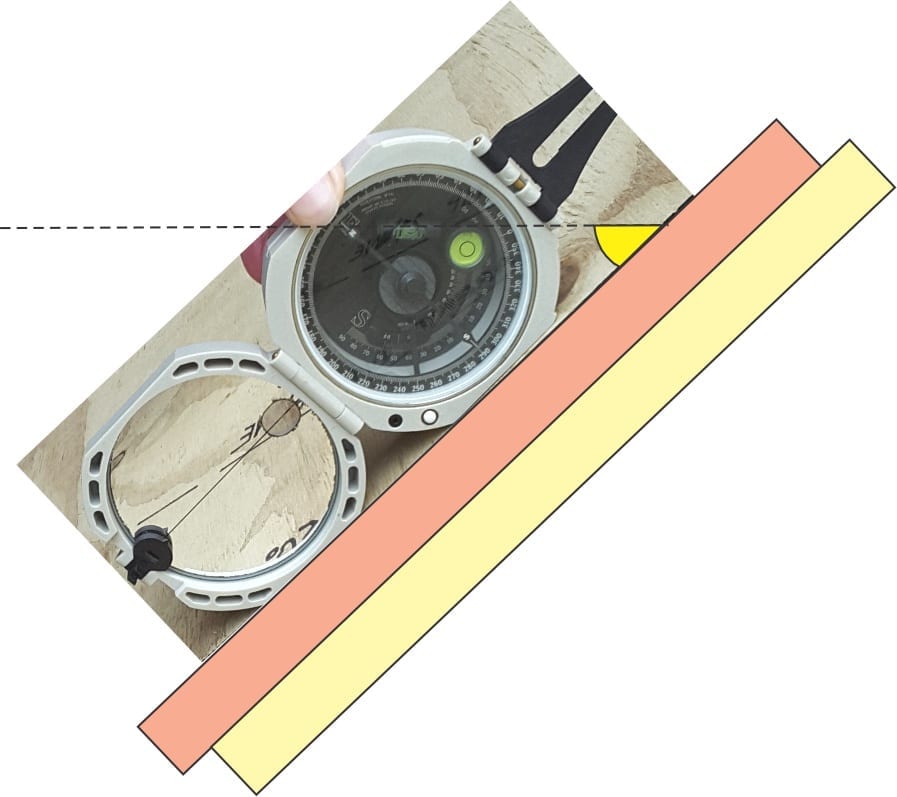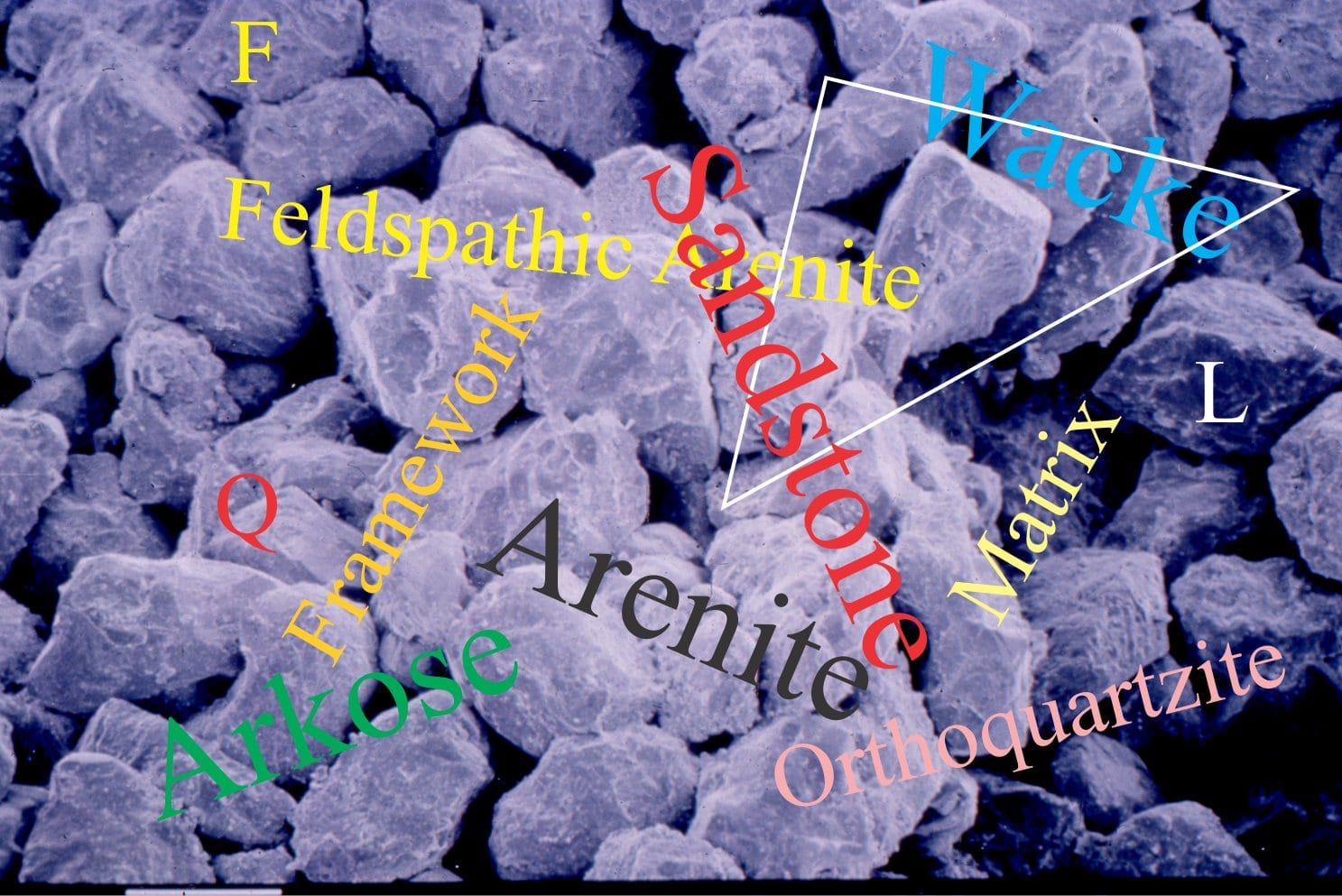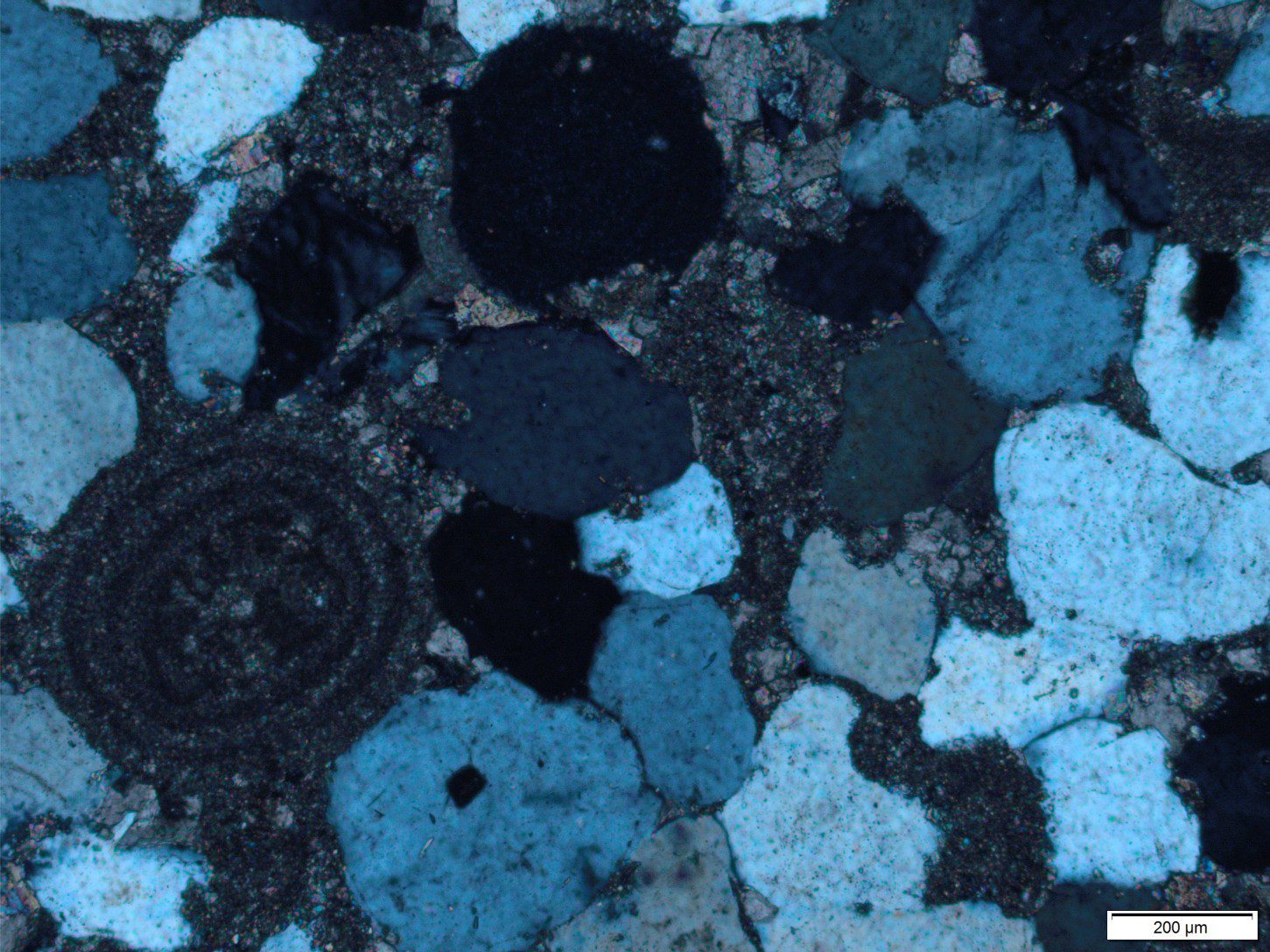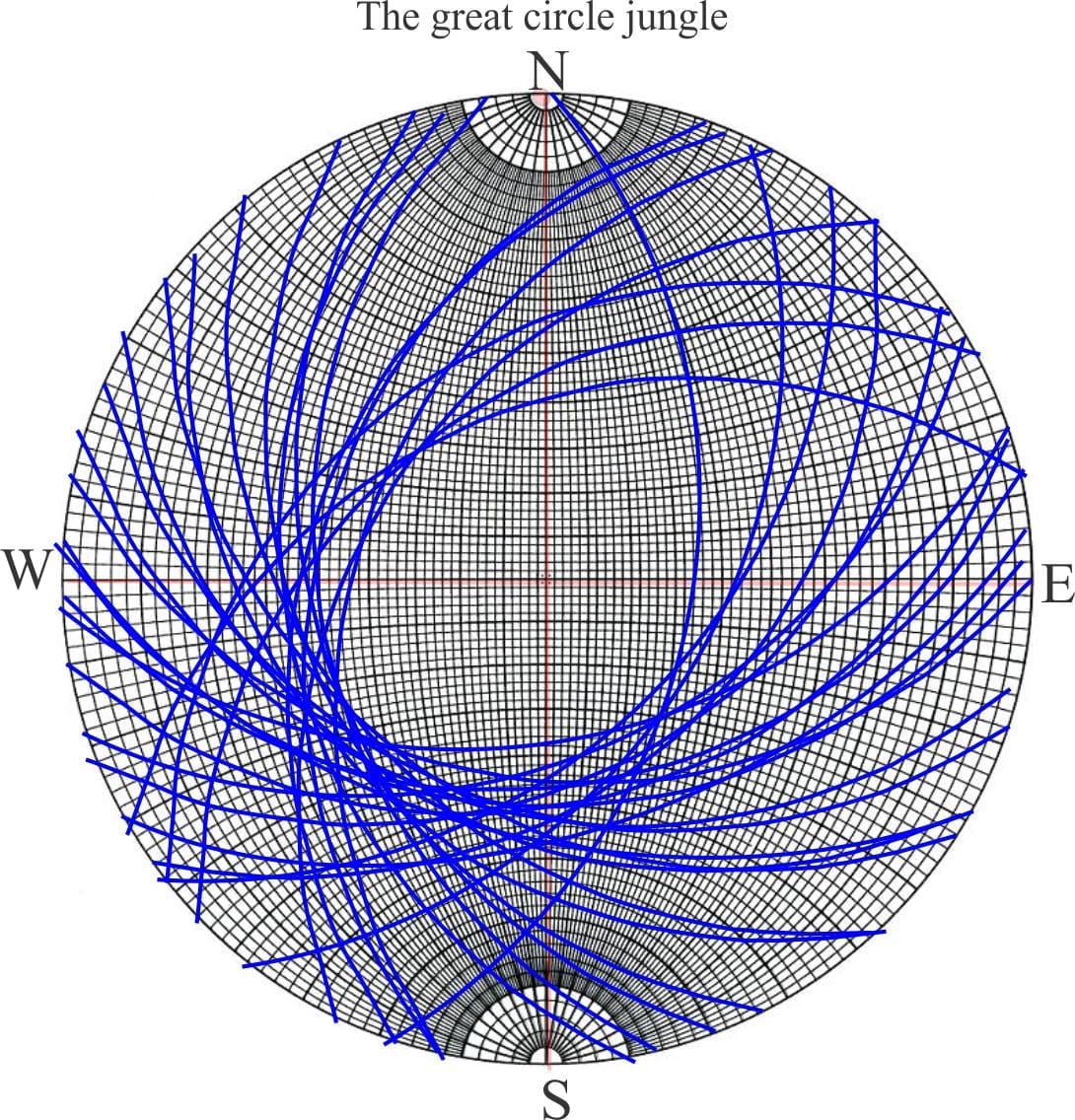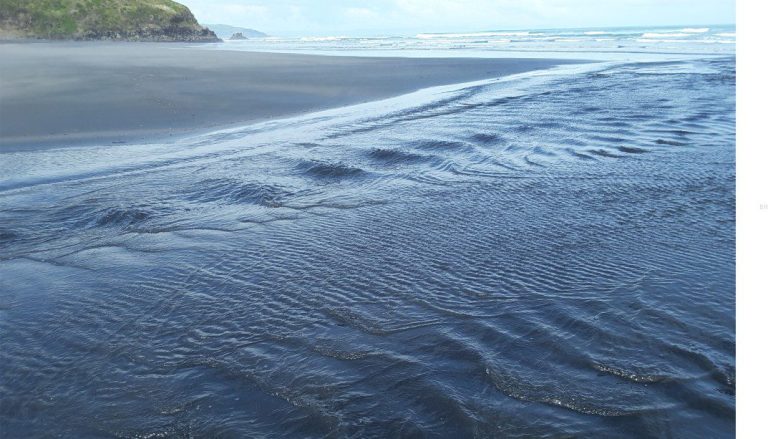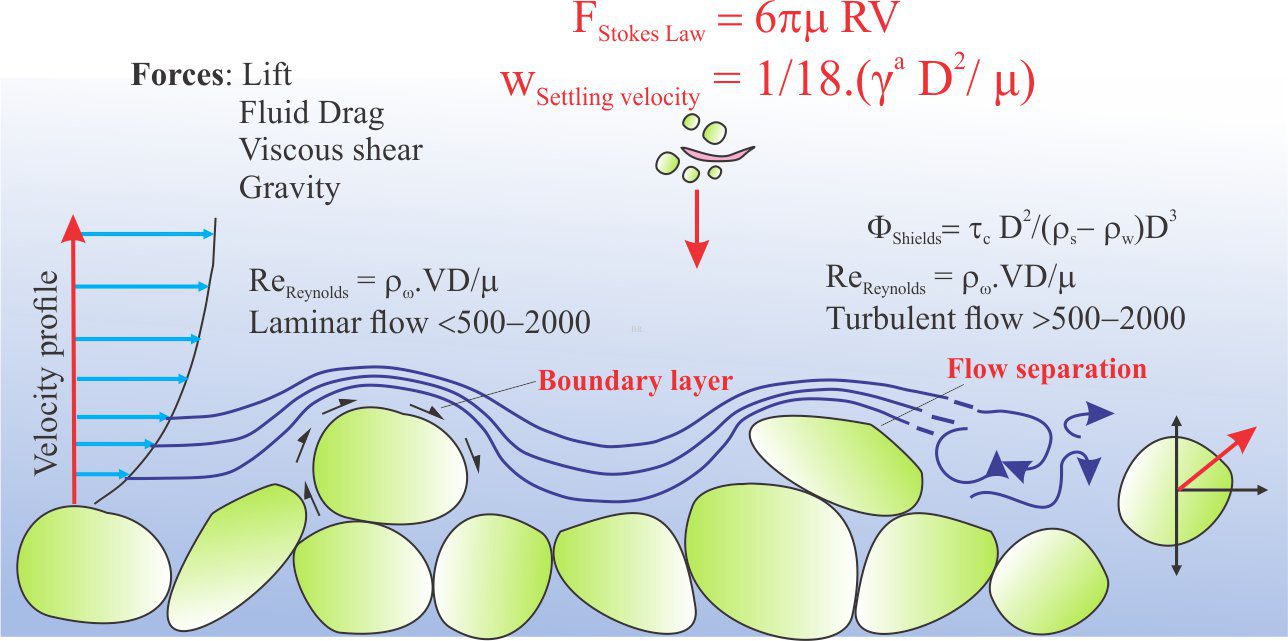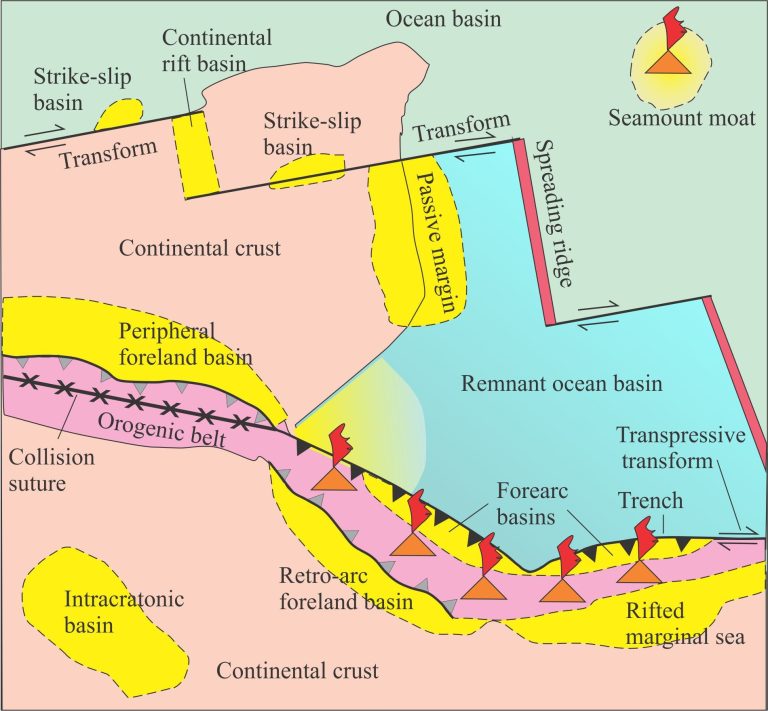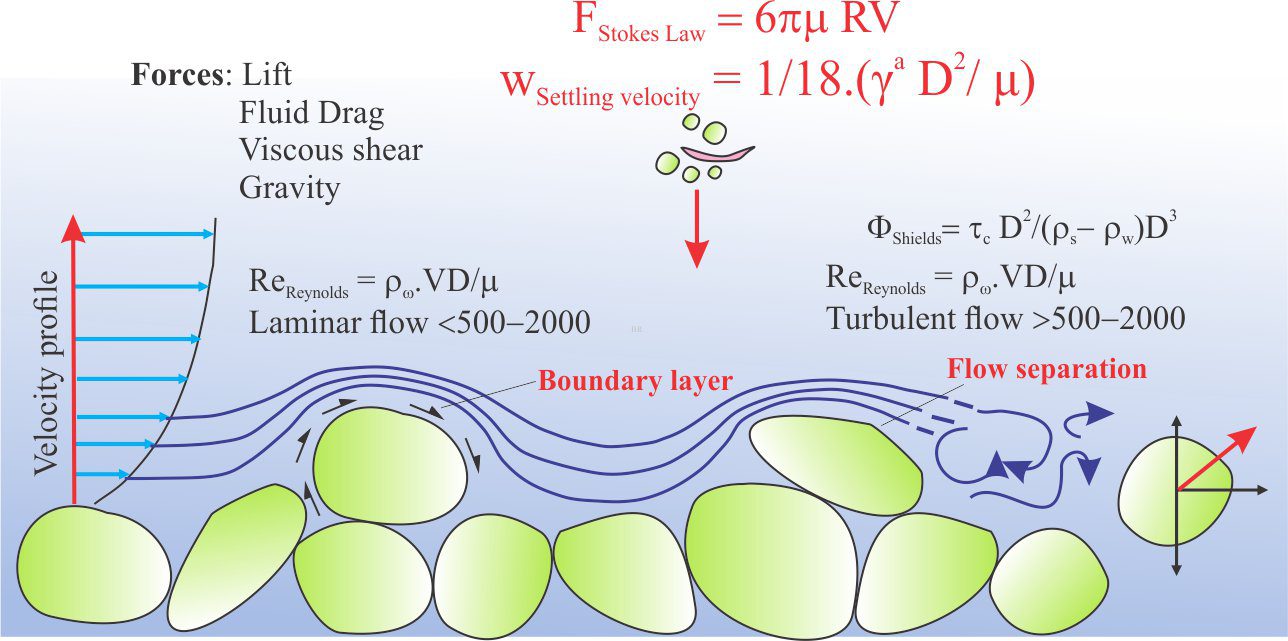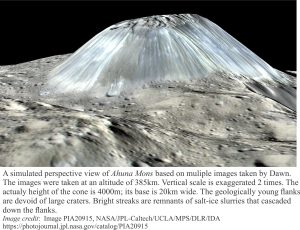
Barely a day goes by when some new discovery is announced about our Solar system – the planets, asteroids, comets, meteorites, extra-solar visitors. Images of the unexpected. A wealth of data, literally years worth, collected by active and retired satellites – field excursions to deeper space and different worlds, rovers landing on specks of dust. And the images – astounding views of such distant places. The excitement is palpable.
I’ve never been involved in this kind of geological exploration, but I do enjoy writing about it, and in my imagination conduct geological field work in an ancient Martian river channel.
The posts linked here are in no particular order. For pictorial images I rely mostly on those available from NASA and the European Space Agency (ESA) that are publicly available.
For brief explanations of some terminology, see the Glossary of planetary geology.
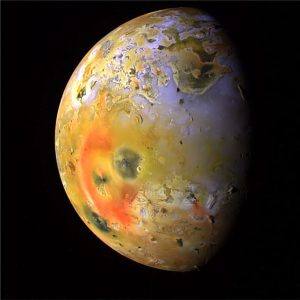
The posts:
A measure of the universe: Renaissance slide-rules and heavenly spheres
Comets; portents of doom or icy bits of space jetsam?
Sand dunes but no beach; A Martian breeze
A watery Mars: Canals, a duped radio audience, and geological excursions
Which satellite is that? What does it measure?
Life on Mars; what are we searching for?
Io; Zeus’s fancy and Jupiter’s moon
The origin of life; Panspermia, meteorites, and a bit of luck
Near Earth Objects; the database designed to save humanity
Subcutaneous oceans on distant moons; Enceladus and Europa
Visualizing Mars landscape in 3 dimensions; stunning images from HiRISE
Martian organics; One more step in the right direction
There are more exoplanets than stars in the universe
Archeomagnetic jerks: Our decaying magnetic field
Ceres; promoted to dwarf planet
Seismic experiments and moonquakes
Marsquakes: The InSight experiment
